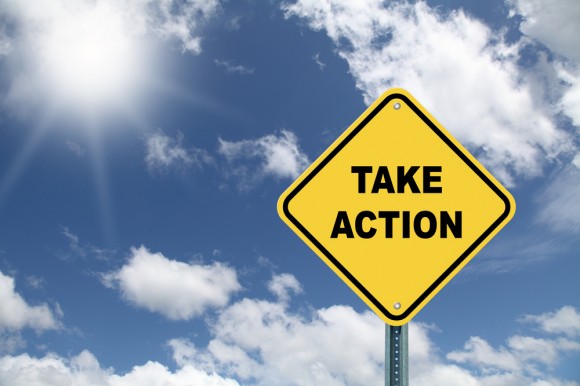Controlling Climate Change with Controlled Energy Consumption
Important Role of Energy Efficiency in Preserving the Planet

The Emissions Gap report released by the United Nations Environment Programme (UNEP) in collaboration with the World Resources Institute shows some troubling results in reference to the current and projected emissions gaps in the words of climate change and targeted 2º C temperature limits. The report contains information on global greenhouse gas emissions, emissions reduction and potential energy efficiency measures that should contribute to such reduction. It is designed to show the gap between the projected emissions reduction that would be in consistency with the targeted temperature limit and the expected (read promised) levels of emissions reduction in accordance with each country commitments and plans. Basically, the report sets out a general goal that all greenhouse gases global emissions must reach net zero between 2080 and 2100. This also determines the figures that must be met in the years to come whereas the estimated limit for greenhouse gases emissions is 42 GtCO2e, in 2030 and 47 GtCO2e in 2025. In accordance with the given pledges of countries worldwide, there would still be a gap of approximately 7 to 10 GtCO2e in 2025 and 14 to 17 GtCO2e in 2030.
This only means that the determined emissions gaps will somehow need to be bridged, and what is better than through adequate energy efficiency measures, renewable energy, sustainable development and climate mitigation. For example, studies have shown that electricity efficiency could save 6.8 GtCO2e, while fossil fuel switching and power generation efficiency could save 0.3 GtCO2e by 2030. Other potential measures also include reducing transport demand, reducing industry emissions, sustainable agriculture, appliances and lighting energy efficiency and last but not least – proper insulation
Proper insulation will not only contribute to money savings, due to lower energy consumption, but will also contribute to carbon dioxide saving. According to the information from the UK Energy Saving Trust, solid wall insulation can lead to 600kg to 1.900kg annual CO2 saving, depending on the type of the home, type of the building, while floor and loft insulation can lead to 580kg to 1050kg CO2 saving. Thus, if you are interested in making your own contribution to limiting climate change, now would be the perfect time to consider installing proper home insulation which would be beneficial not only for the planet but also your home and budget, so get to work – find a trustworthy insulation distributer, pick the most suiting material and let the installation process begin!
Insulation Shop offers a wide range of energy efficient UK insulation products. Send your quote enquiries to info@insulationshop.co or order directly from our insulation webshop.

















































































































